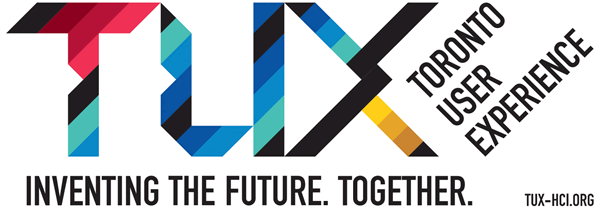Tux Member Presentation
Speaker
Fraser Anderson: Designing Intelligent Objects
2018-12-04 12:30 at DGP Lab: 40 St. George St., 5th Floor

Abstract
Intelligent objects are all around us — responsive buildings, connected toys, smart speakers. Designing these objects remains difficult, with significant effort required from domain experts in mechanical, electrical, and software engineering to get initial prototypes up and running. This often leaves little time to consider the user experience, which suffers as a result of this overhead.
This talk covers several approaches which aim to reduce the investment needed to design, create and test smart objects and spaces. These approaches simplify tasks of programming, 3D modelling and fabrication to decrease the time and effort between ideation and testing. The work spans broad range of domains – including the design of system behaviours, programming building controls, and creating circuits. This research builds on a wide range of enabling technology, from virtual reality to generative design and covers a wide range of application areas. As the research moves towards the architectural-scale, this presentation will cover a large-scale living research lab which is being developed at Autodesk in Toronto to explore the future of smart construction.
Bio
Fraser Anderson is a Principal Research Scientist within the User Interface group at Autodesk Research. At Autodesk, he examines how new technology can support designers in developing, prototyping and building smart objects and structures. This research encompasses new interaction techniques, fabrication systems, and applying generative design technology to circuitry. He is an active member of the academic Human Computer Interaction community, serving on the program committee of ACM’s CHI, UIST and MobileHCI conferences, as well as actively publishing in these venues.
Prior to joining Autodesk, Fraser completed his PhD and Master’s in Computing Science at the University of Alberta under Walter Bischof and Pierre Boulanger where his research examined cognitive and motor learning – he continues to pursue this line of research as it relates to using technology to guide and teach people to perform real-world tasks within the areas of construction and manufacturing.
